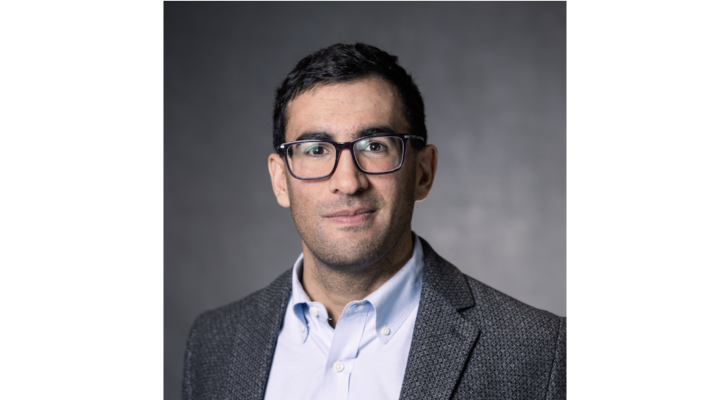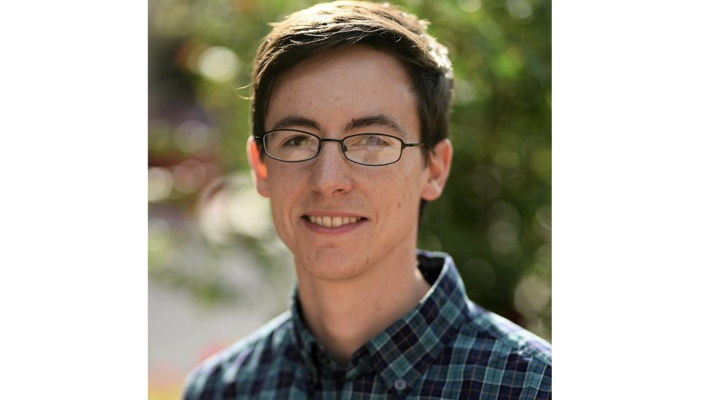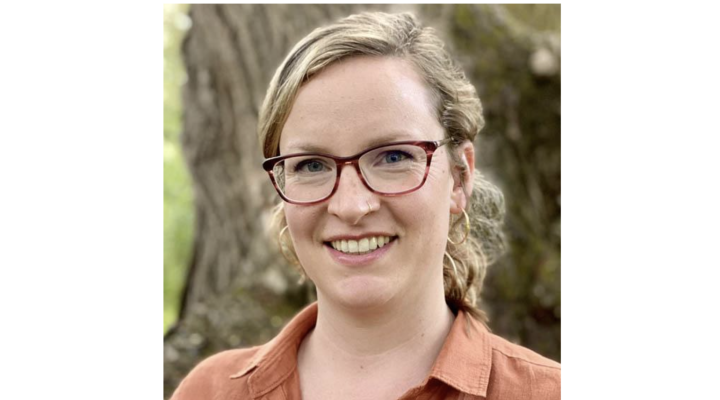Greg Fuchs studies physics at the single-atom scale, experimenting with control over their individual quantum states. While the work is based in fundamental physics, the findings have real-world applications. “This research really is the best of both worlds,” says the assistant professor of applied and engineering physics. “We’re thinking about fundamental physics, but we think our work will also be important for technology. It can lead to new sensors and even computers that operate at the single atom level.”
One of his key areas of research involves understanding what happens when you remove a single atom from inside a diamond. The empty space that is left in the highly regular carbon lattice is called a vacancy. If the vacancy happens form next a single nitrogen impurity atom, a specific defect in the diamond called a nitrogen-vacancy center is born. Interestingly, if there are enough of these nitrogen-vacancy centers within the diamond, they produce a rose-colored tint. However, Fuchs likens them to an atom—one that’s fixed in place by a solid-state lattice and provides an excellent research tool for quantum physics. “It’s just a perfect little system to do experiments to understand basic quantum control and quantum computing,” he says.
Despite diamonds’ appeal as a research tool, Fuchs is also on the hunt for similar “quantum” defect centers in other materials. “How unique is diamond? Can we go from a diamond to something more conventional?” he says. Fuchs hopes to find a useful defect in cheaper, more scalable materials that could potentially enable commercial applications for quantum-based technology. Diamond is expensive, and not easy to produce with high quality on a large scale. So, Fuchs and his research team are looking at zinc oxide: a cheap, widely used material found in paint and sunscreens. “It’s a promising material but there are still big, unknown questions about its defects,” says Fuchs. Eventually, this work could lead to commercialized, large-scale quantum computing, a technology that could help solve many problems traditional computers can’t handle.
Another area of interest for Fuchs is building a better optical microscope for magnetic research. To do this, he wants to push the boundaries of light’s microscopic capabilities. “You can focus light down to about 250 nanometers. Our question is, can we find a way to measure magnetism on an even smaller scale using light?” he says. His goal is to develop a magneto-optical microscope that can be used for nanoscale magnetism research, allowing temporal resolution that isn’t easily achievable using other table-top methods. “Light, is wonderful at producing temporal resolution.” says Fuchs, “ but we need to improve the spatial resolution.” His research team’s goal is to create a microscope that could allow nanoscopic views on the natural time-scales of magnetic systems.
Fuchs didn’t always work in such a specialized field—for five years before graduate school, he taught high school physics and chemistry. It was a rewarding experience that he enjoyed greatly, but, says Fuchs, “I was lured away by the prospect of doing research.” His quest for new, challenging pursuits led him to Cornell, where he received his M.S. and Ph.D. in applied physics.
“I count myself extremely lucky to be here,” Fuchs says. “There really is no place like Cornell. It has a phenomenally collaborative environment. People are always looking to make the place better by working together.”




